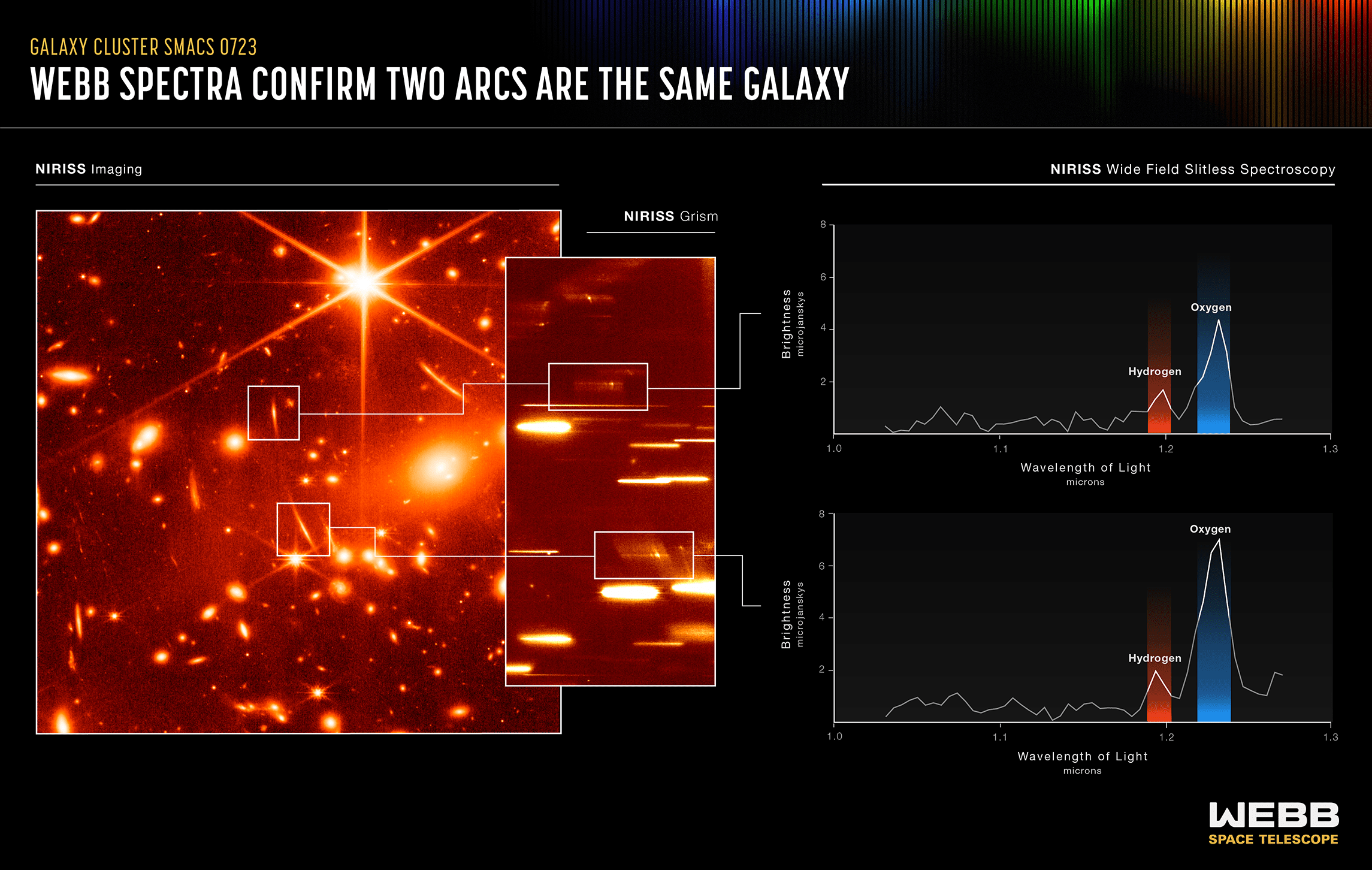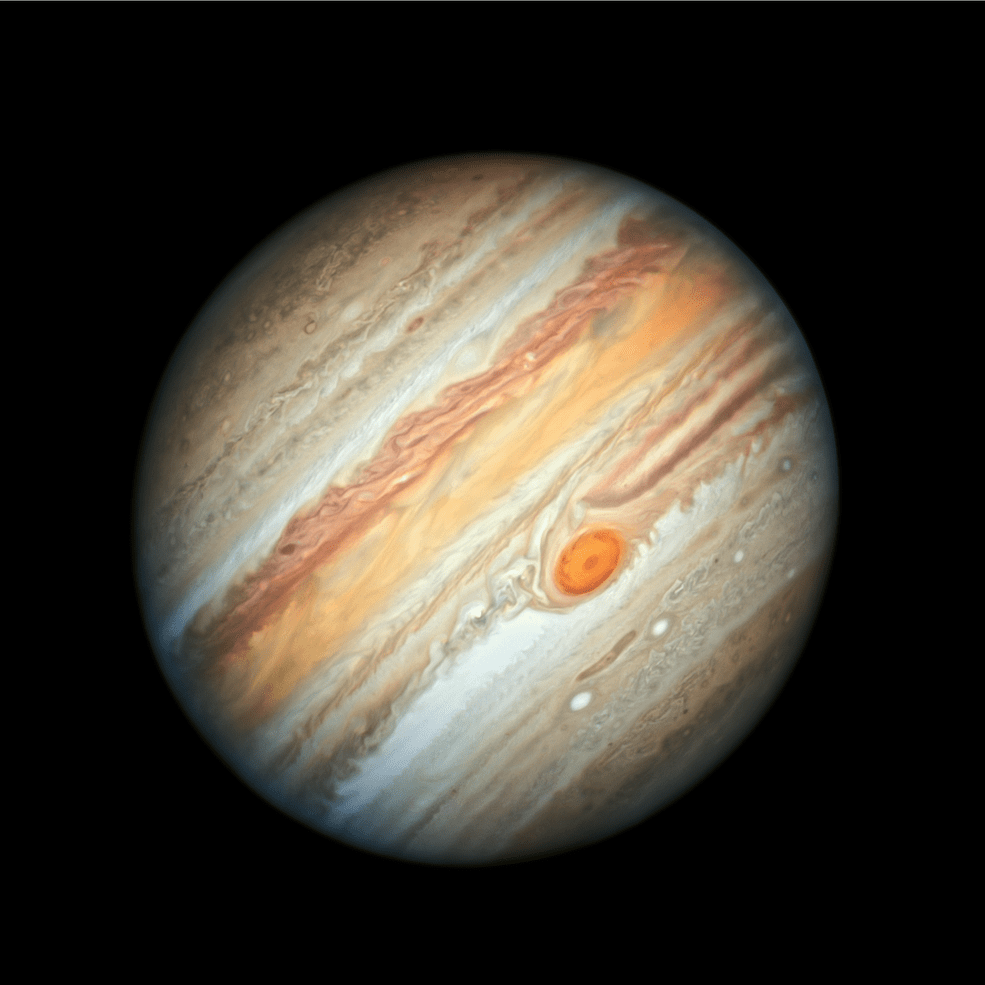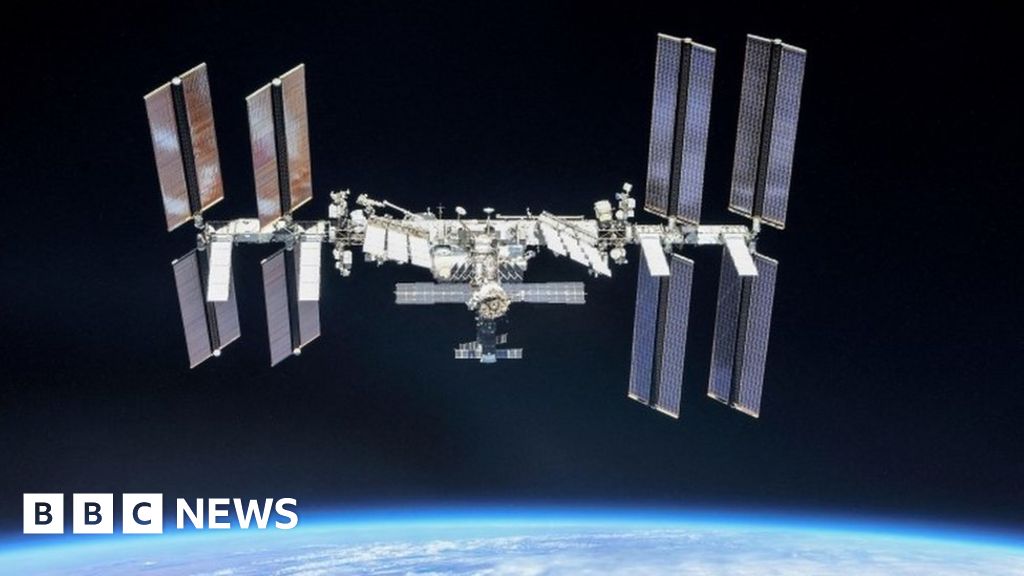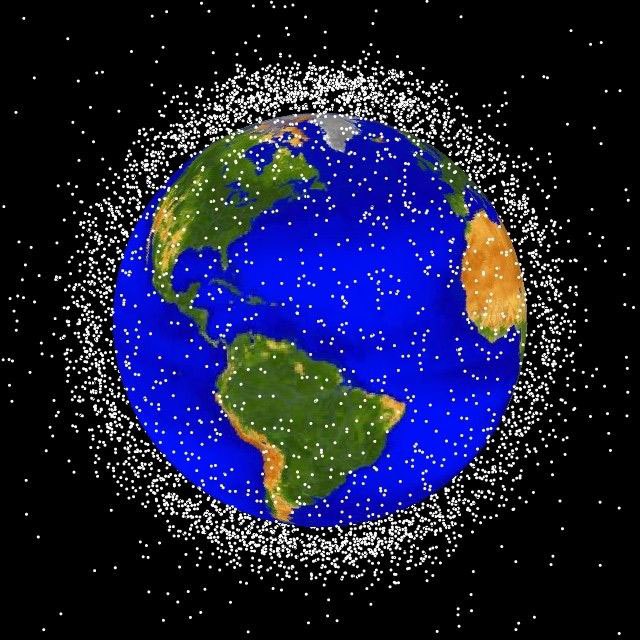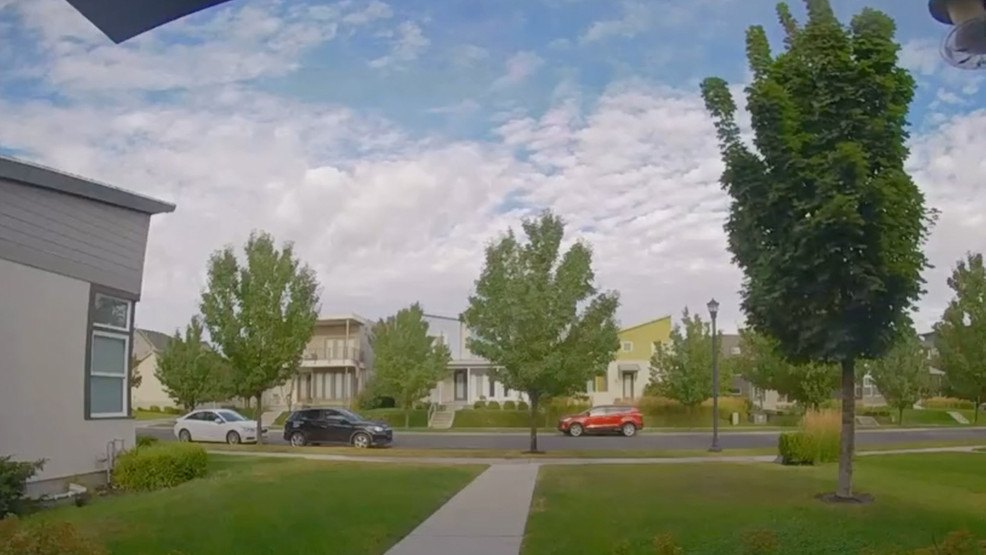Joey D
Premium
- 47,950

- Lakes of the North, MI
- GTP_Joey
- GTP Joey
What I was wondering was whether or not the pictures are delivered from the telescope looking like that, so visible light. I haven't read enough on the James Webb Telescope other than some passing Tweets where people are trying to get it renamed to really know how it works. But ya, the IR thing makes sense though. In doing a bit of Googling, it looks like they use different filters to capture the wavelength data and then they use that to process it?Well... it depends on what you mean by "colourised". And, for that matter, "colour".
Satisfactorily human coloured images are only possible with instruments that record visible light. Webb doesn't do that, as it only carries near- and mid-infrared imaging sensors.
That means from reddish-orange (600nm) and out is "true" colour, but most of what it captures is simply not visible to our eyes (visible light runs out at about 700nm, while Webb runs to wavelengths almost a full order magnitude larger, at 5um). Anything from reddish-orange and in - that's all but RO of ROYGBIV - is "corrected" into visible light equivalents based on a calibration from captures of known objects previously imaged with visible light.
And of course everything is redshifted (the more redshifted the further out it gets - which is partly why IR imaging can get much further out (and therefore back in time), and that's also corrected.
